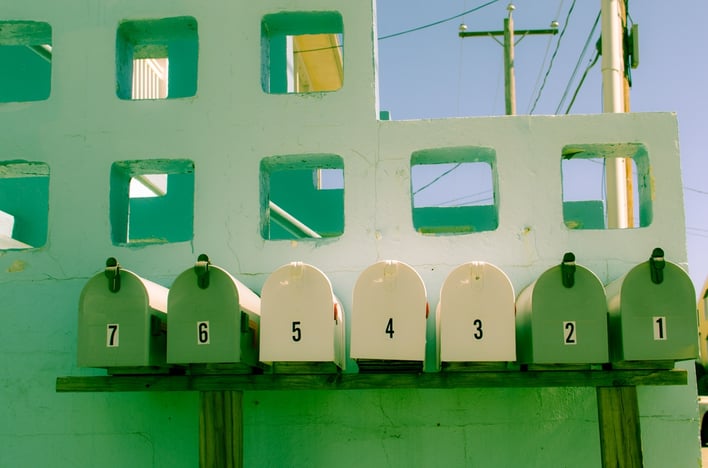
From a marketing standpoint, we know every trick in the book for getting better results from our customer emails.
Write better subject lines. Personalize with your prospect’s name. Give a clear call-to-action.
But what about in your ordinary, day-to-day emails between colleagues and employees? We’ve all experienced the anguish of waiting for days or weeks for someone to get back to us on an important email.
What if there were a way to get people to respond to you immediately?
That’s where marketing and your personal inbox collide. We got the idea to take some of our tried-and-true email marketing strategies and translate them for use in your personal messages. Check ‘em out below and watch the responses start rolling in.
Up Your Subject Line Game
When writing a marketing email, we put a lot of thought into our subject lines, often A/B testing several variations to see which performs best.
But in personal emails? It’s snooze city!
My inbox is currently overflowing with generic subject lines like ‘Meeting Tuesday’ and ‘Johnson contract’ and ‘Following up.’ Sure, I’ll eventually open and respond to them, but there’s nothing jumping out to grab my attention right now.
If your goal is to get a fast response, try stepping up your subject line game by using something unexpected, like a question or a full sentence.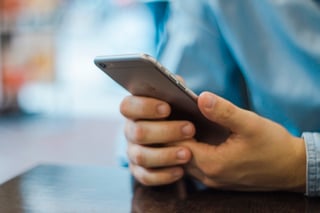
I had a former boss that would write subject lines like ‘Did you get a chance to look over the proposal?’ or ‘Tami, let’s meet at 3 to discuss the project brief.’
When I’d see those pop into my inbox, it was impossible not to respond immediately because it was like she was speaking directly to me!
Try it next time you need an urgent response and see what happens.
Keep it Short and Simple
In a study by Boomerang of more than 40 million messages, sales emails that were between 50 and 125 words in length had the highest response rates. That’s a pretty short email—not much longer than this paragraph!
When people open a sales email and see a wall of text, they’re likely to get overwhelmed and hit the delete button. While your professional correspondence might not be sent directly to the trash can, they face an equally formidable foe: the ‘mark unread’ button.
Long emails generally contain more points that the reader needs to address, and thus they can’t be answered quickly if the recipient is on the go. Whenever possible, keep your message short and directly to the point of what you need answered or want to convey.
As for content, that same Boomerang study found that emails written at a third-grade level performed better than those written at a high school or college level.
With email, your colleagues don’t have the added context that comes from verbal and physical cues. It’s easy to misread or misinterpret things, and using more complex language adds to the margin for error.
To eliminate confusion, don’t beat around the bush or use flowery words. Speak in clear and basic terms that convey exactly what you mean.
Give The Other Person a Call to Action
In marketing, calls to action (or CTAs) are the vehicle by which we convert prospects into sales. Think messages like Buy Now! or Claim Your Discount!
They sound cheesy, but they’re necessary to get the customer to take the next step you want them to take. You can boost the results of your personal emails by using the same CTA principles.
At the end of each message, use a clear and action-oriented phrase that tells your recipient exactly what you want them to do.
Here are a few examples of what this might look like:
Use the link below to pick a meeting time that works best.
Return the signed copy at your earliest convenience.
Please provide an update on the Smith contract.
You can also pose it as a question in the last line of your message.
What time works best for you to meet?
Can you please sign and return your copy?
What’s the latest on the Smith contract?
Including your question at the very end of your email naturally draws the reader to hit the ‘Reply’ button before they get distracted by the rest of your message (or online shopping in the next tab over).
End It Strong
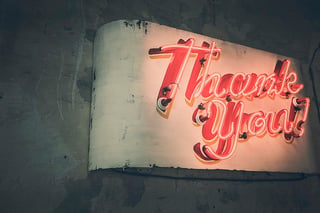 How do you typically end your emails?
How do you typically end your emails?
If you’re like me, you’ve got a few trusty standbys you rotate between, like ‘Best’ or ‘Cheers’ or simply your name.
Would you ever guess that the word you use to sign off can make a huge difference for your response rates?
A study of more than 350,000 emails found that those signing off with an expression of gratitude, like ‘Thanks’ or ‘Thanks in advance’ saw a 36% relative increase in average response rates. Looks like a little gratitude goes a long way, even electronically.
The worst closing line for response rates? According to the study, ‘Regards’ and ‘Best’ fall flat. Whoops! Looks like I need to rethink the way I end my emails.
What are your secrets for getting people to respond to your emails? Share them with us by leaving a comment below.
Subscribe to The Profitable Entrepreneur and never miss an update!




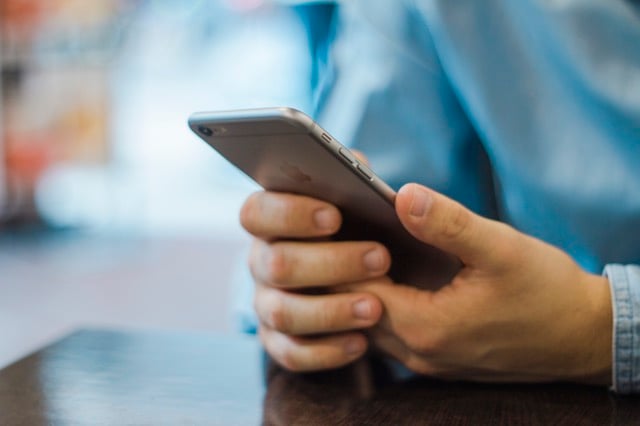

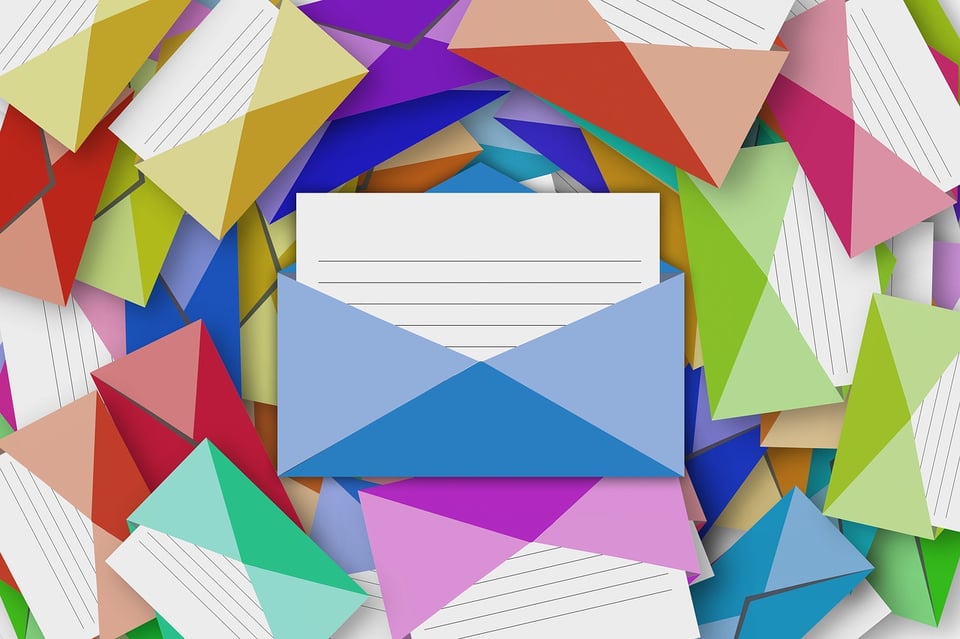
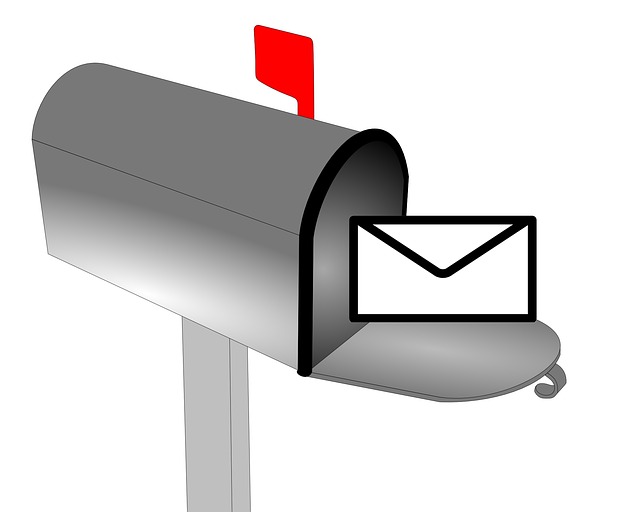
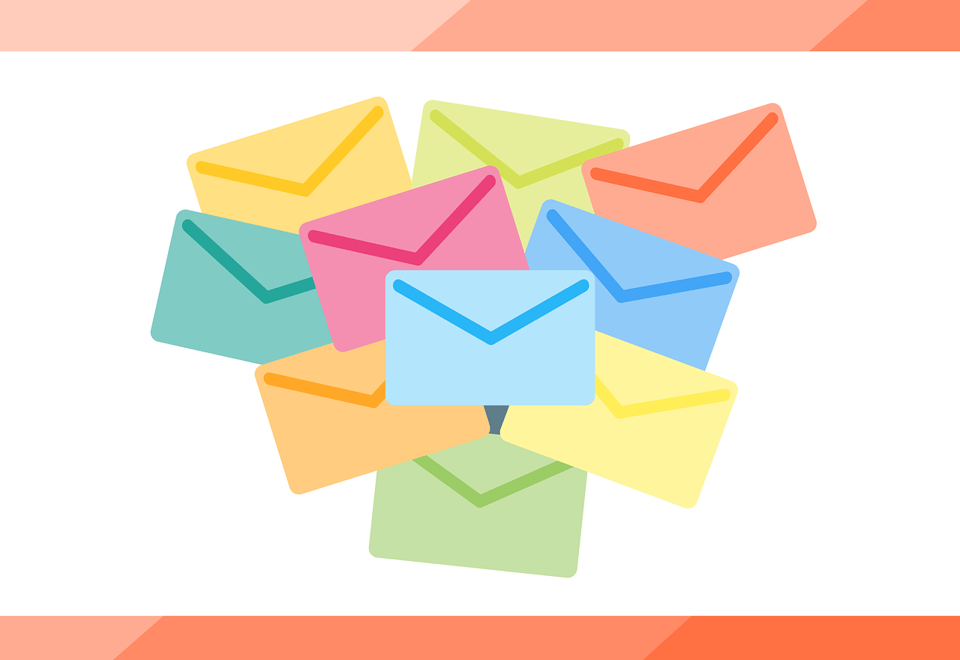

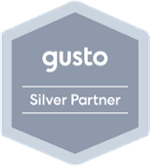



.png)


